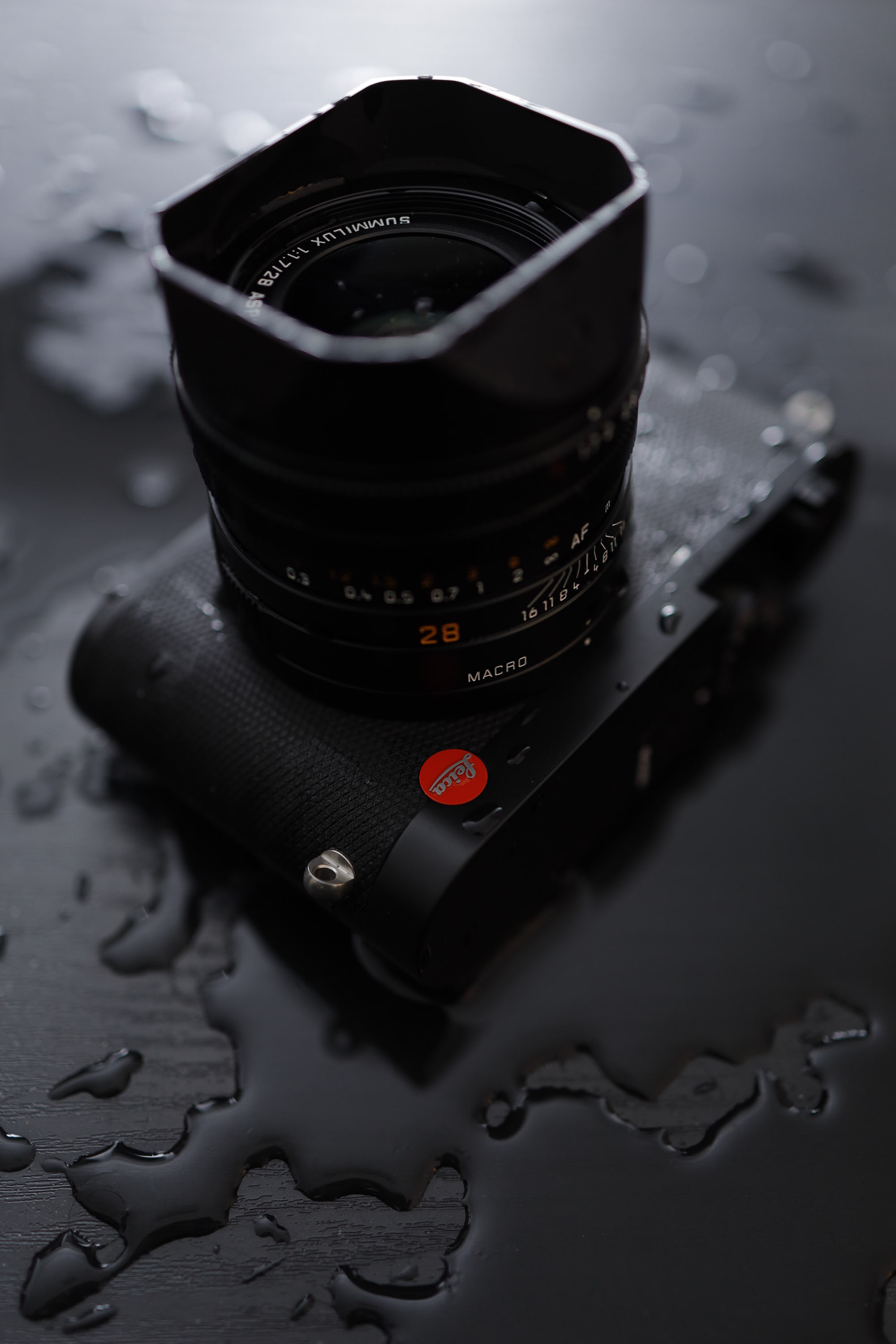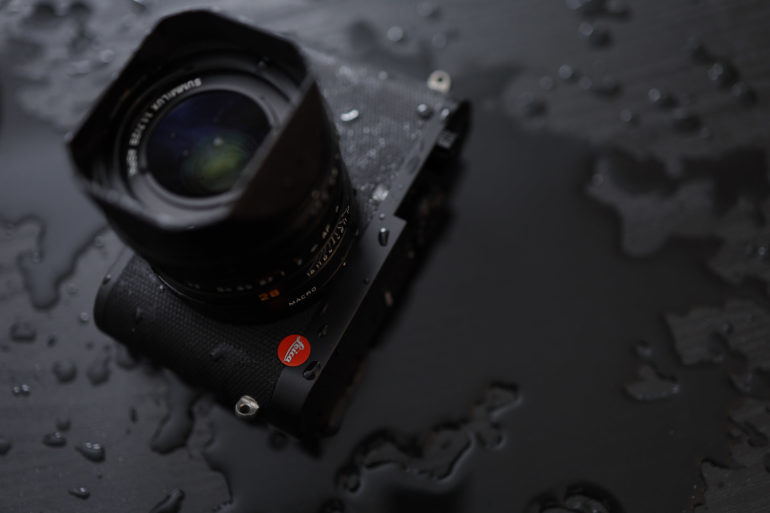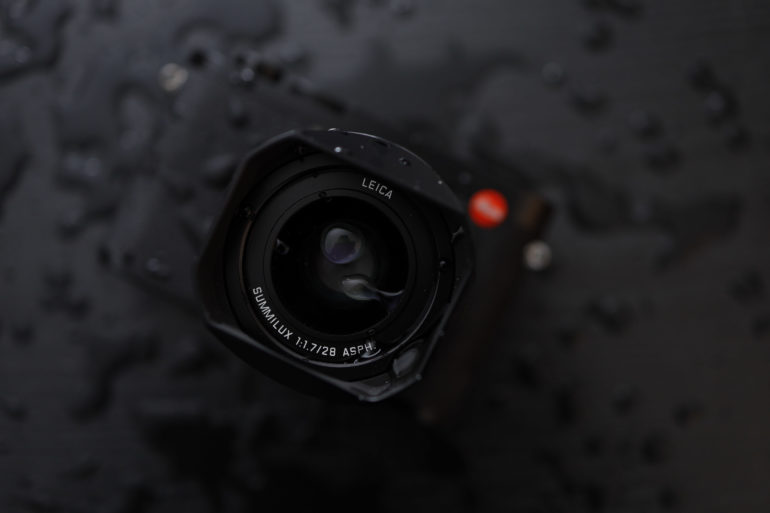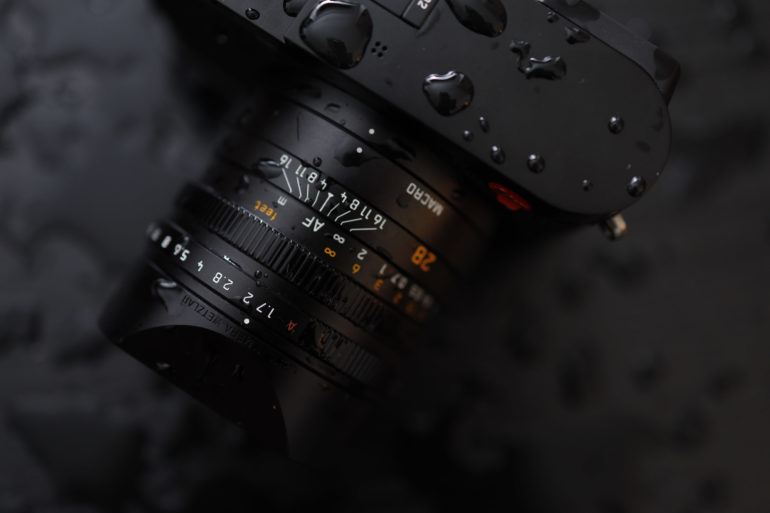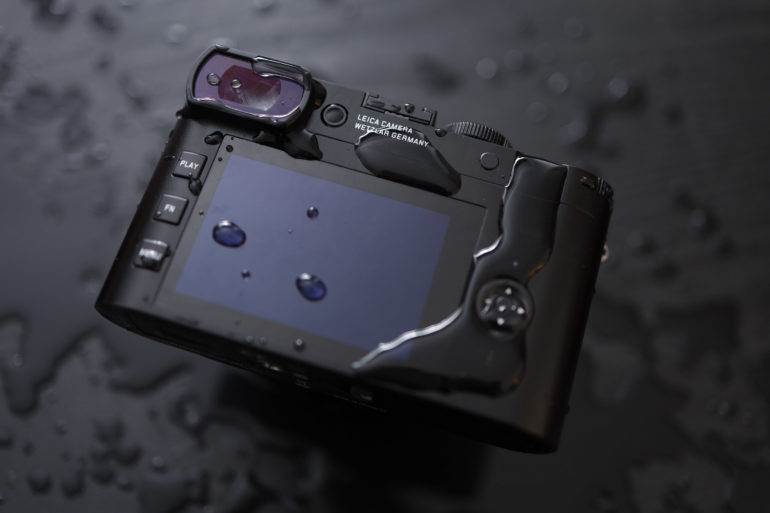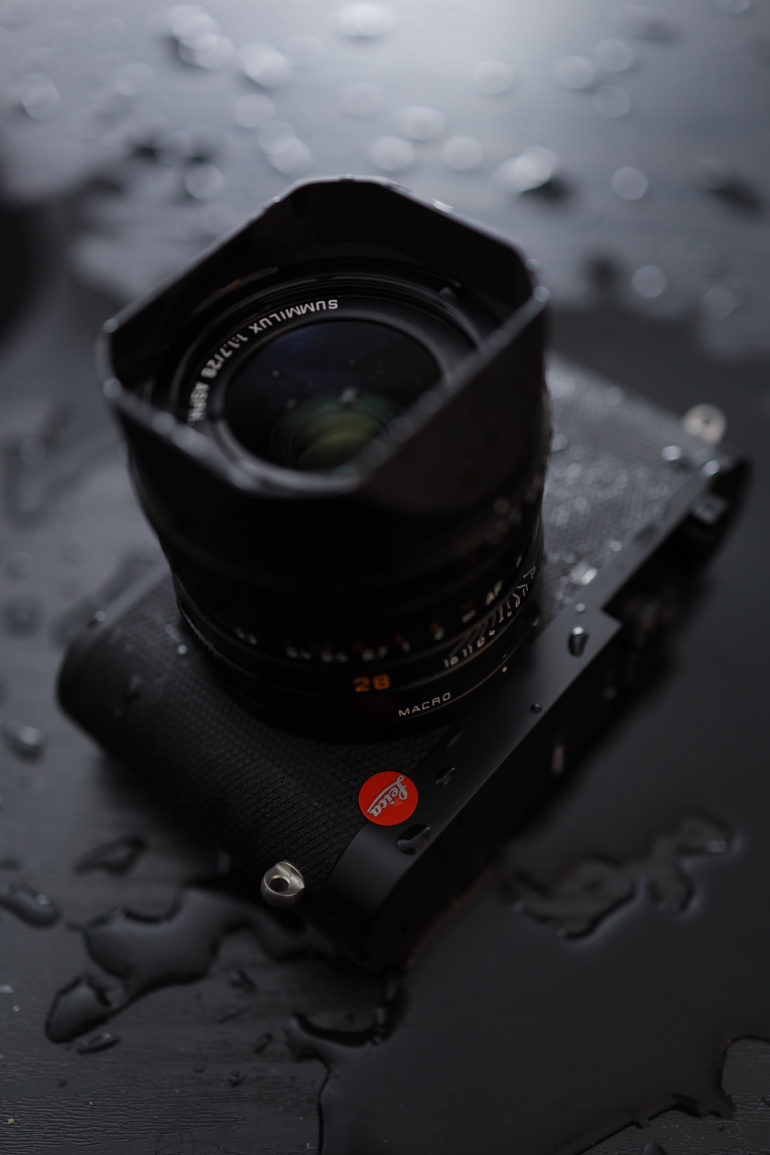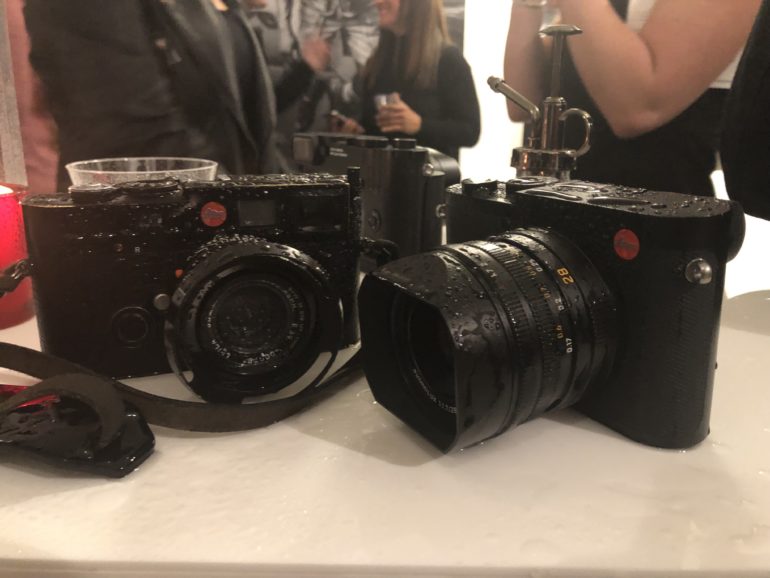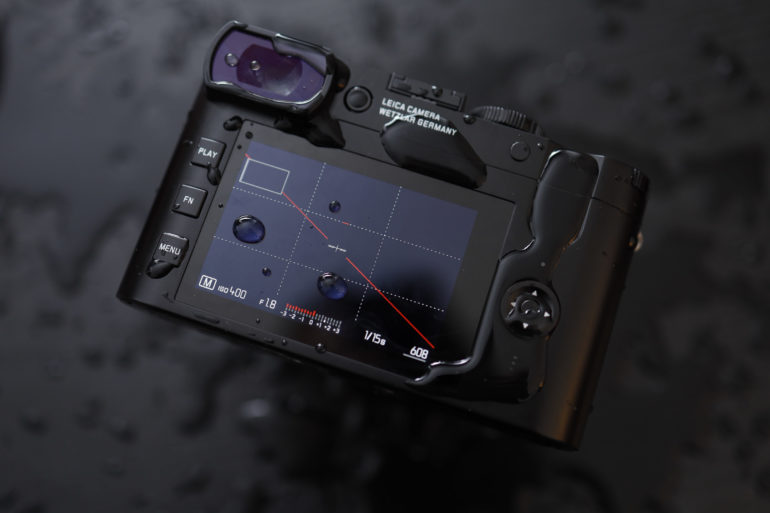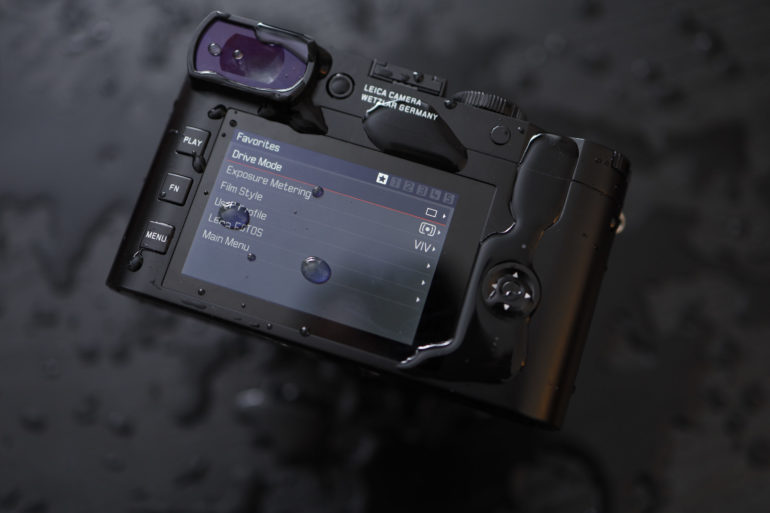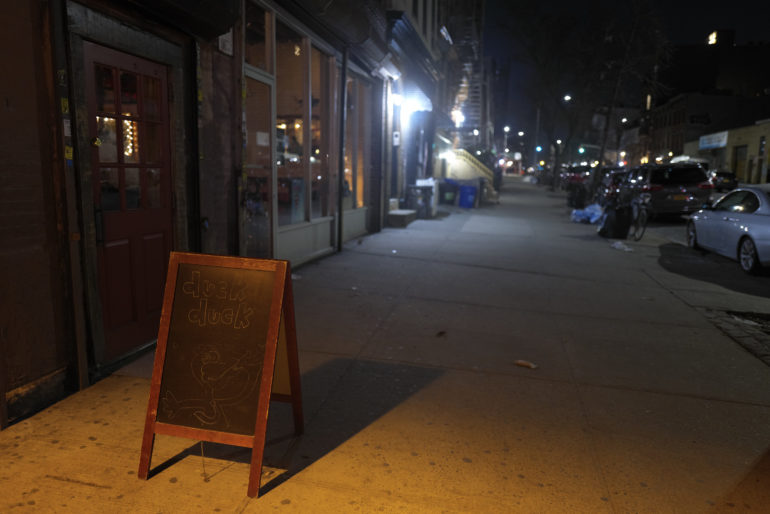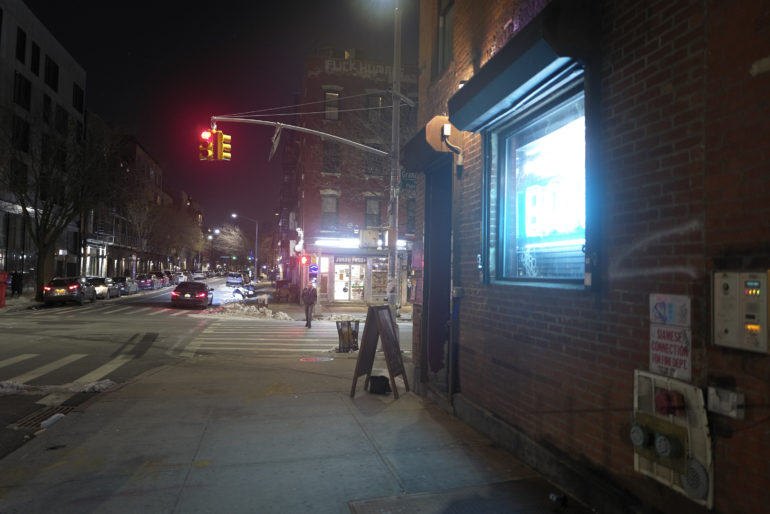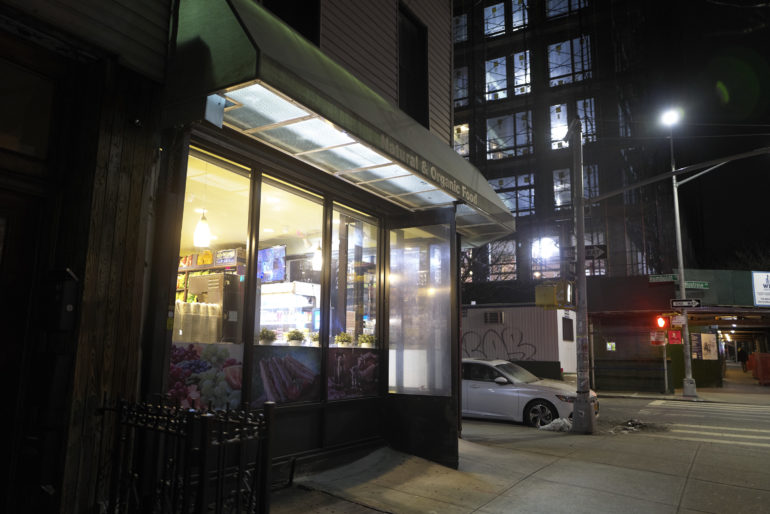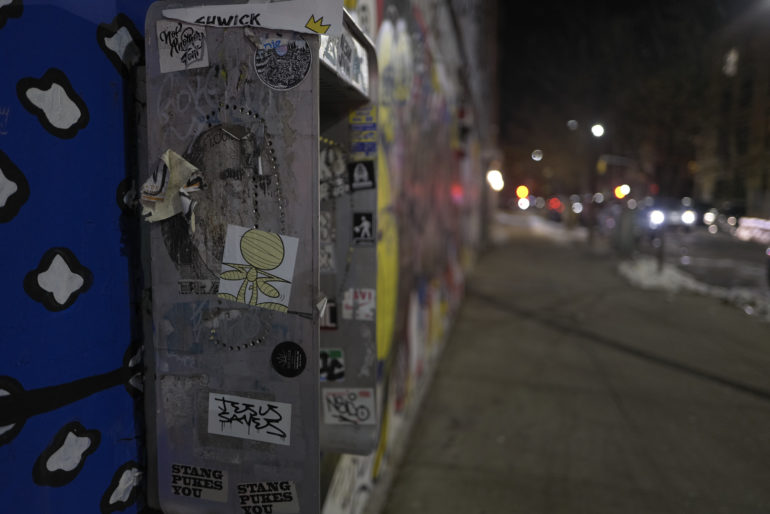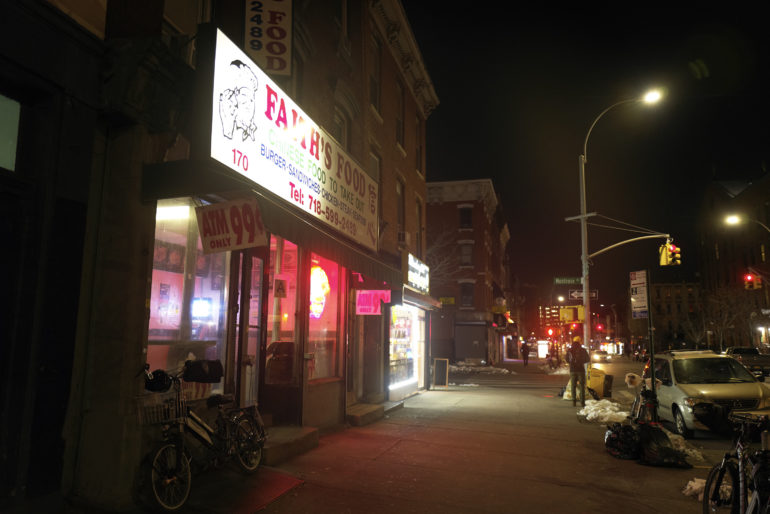Last Updated on 03/07/2019 by Mark Beckenbach
We should have had the Leica Q2 a long time ago, but we were all traveling and I personally got pretty sick.
Before I begin this first impressions about the Leica Q2, I should apologize. While others have their reviews ready, I was fighting off pneumonia and so as of my writing this first impressions I’ve had the Leica Q2 in my hands for less than a few hours. But given what I’ve seen thus far, there is a lot of promise for a professional photographer who wants a fixed lens camera in the form of the Leica Q2. It’s weather sealed–as you can clearly tell from my product images. There is indeed a massive full frame sensor in there and Leica’s lenses are often second to none. The build quality and size are also top notch–but I’m seeing a few flaws in certain areas.
Tech Specs
- 47.3MP full frame sensor
- 3.68MP EVF
- Protection from dust and water
- 28mm f1.7 fixed lens with variable frame line options for 35mm, 50mm, and 75mm
- Optional automatic OIS
- Base ISO of 50 all the way up to 50,000
- 10fps mechanical shutter and 20fps with electronic
- 4K video
- Touchscreen
- Bluetooth low energy
- Made in Germany
Ergonomics
The Leica Q2 is a camera designed to be tough and also very much designed with a working professional in mind who may not need interchangeable lenses or who wants a nice backup camera. What better backup camera than one with a fixed lens and with all the weather sealing this has. In fact, this is probably the only full frame, weather sealed, point and shoot on the market right now. And I commend Leica for it. The front of the camera is pretty minimal. You’ll find the lens, the logo, and that’s really it.
The lens on the Leica Q2 is a 28mm f1.8 Aspherical. When you hold it though, it feels every bit like any Leica lens you’ve ever held.
Turn to the top of the Leica Q2 and what you’ll find here are a number of the controls. The hot shoe is weather sealed as are all of the dials. We were told by the product manager that every potentially moving part has rubber seals under them. That means that the on/off switch, the shutter dial, and the dial near that are all weather sealed. In case you’re wondering, that dial on the back is programmable using the button in the middle. I prefer to set it to ISO control.
The Leica Q2, like its predecessor, can be used in autofocus or manual. All you need to do is turn the lens and unlock it using a little button on the focusing tab. There is also a fully working aperture ring and another ring to set it to macro focusing mode. This way, you’ll negate all those issues with not being able to focus closer than around three feet as most Leica M cameras have with their lenses.
The back of the Leica Q2 has the viewfinder, the touchscreen, a directional pad, three buttons on the left, and another button near the top for functional control. It’s a pretty standard thing for Leica to do this.
Build Quality
As you can tell from these images, it’s pretty darned weather sealed. In the hand, the Leica Q2 feels solid and like the smallest M camera that can and should be taken seriously. The controls and dials all feel very solid. How they interplay with one another though is something I’ll need to get used to.
Here is the Leica Q2 after I gave both it and a Leica M6 a massive water spritzing at the Leica launch event last night. Both units still work. Some photographers looking at these images on the other hand may have experienced a heart attack.
Autofocus
While the Leica Q2 is fast in good lighting, I’m not quite sure that I’m ready to say it is Sony a9 fast. When the original Leica Q hit the market, I damn near considered it the fastest focusing camera at the time. Sony launched a few cameras that came close right afterward. But right now, I’d probably rate the Leica Q2 to be in between the fastest Fujifilm camera and the top end options from Sony. As I typed that previous sentence, I remembered that I have the Canon EOS RP on loan with the 35mm f1.8 IS. The Leica Q2 is just a hair faster with its 28mm f1.7 lens than the Canon EOS RP with the 35mm f1.7 IS. In real life, the difference would be negligible. I’ll need to do much more testing with the Leica Q2.
The lens can also be flipped in manual focus mode and work similarly to a standard Leica M lens.
Additionally, the focus peaking doesn’t seem to be perfectly accurate in low light settings. But in good light, it seems to be better than Sony’s–which more or less just feels like the peaking system for APS-C without incorporating the depth of field of a full frame sensor. In some ways I’m let down, but in other ways I’m very happy.
Ease of Use
There are a few things I’m really not liking about the Leica Q2. The top button and dial combo should have been specifically for ISO control. Additionally, I liked the older on/off switch that went from on, to single shooting to continuous drive. Additionally, it baffles me as to why the Leica Q2 doesn’t have a joystick. Every modern camera needs a joystick as my very good friend Brent Eysler over at B&H said. Indeed, one more button or two would have also helped with the autofocus mode type such as with the transition between spot and field focusing.
However, I am indeed liking the way the camera handles in manual focus mode. It works just like the most improved Leica M you could possibly handle.
Leica’s menus have typically been really simple for me to navigate but there is something about the way the pages interact and the serious lack of buttons that is throwing me off with the Leica Q2. I’ll need to do more exploring for sure.
Image Samples
These are the few image samples we were able to shoot tonight.
First Impressions
I’ll surely need to spend more time with the Leica Q2. There is a lot about it that I really like. But perhaps my biggest gripes with the camera will be the focusing, the controls, and how they all interact while using the camera. During my short walk around the neighborhood it felt nice to hold the camera to my eye, get an exposure preview, adjust stuff like the ISO (with a bit of difficulty), drop the camera down to my chest and keep walking. But the focus peaking is proving to be inaccurate at times and the autofocus is good but not as mind blowing as the original Q’s was. Granted, we’re in a far different camera space now than when the original Q launched.
I’m personally really hoping that I like the Leica Q2, but we’ll see. The Leica Q2 could very well be the most perfect Leica yet once I figure out how to set it to a point where I’m very happy with it. Honestly, for the price point, I think that the camera is very fair.


